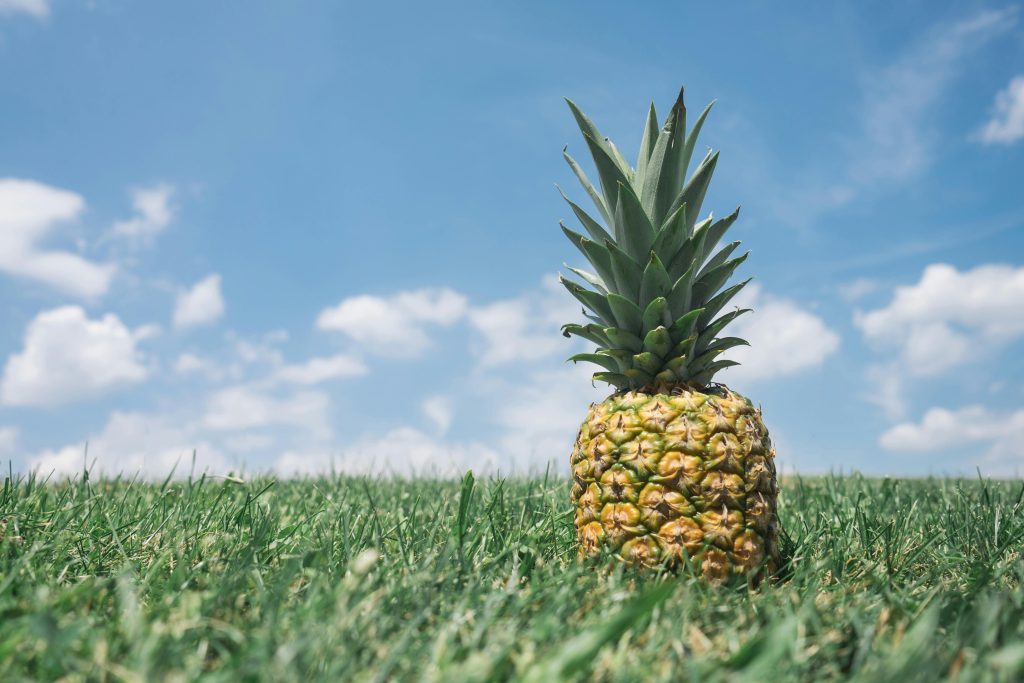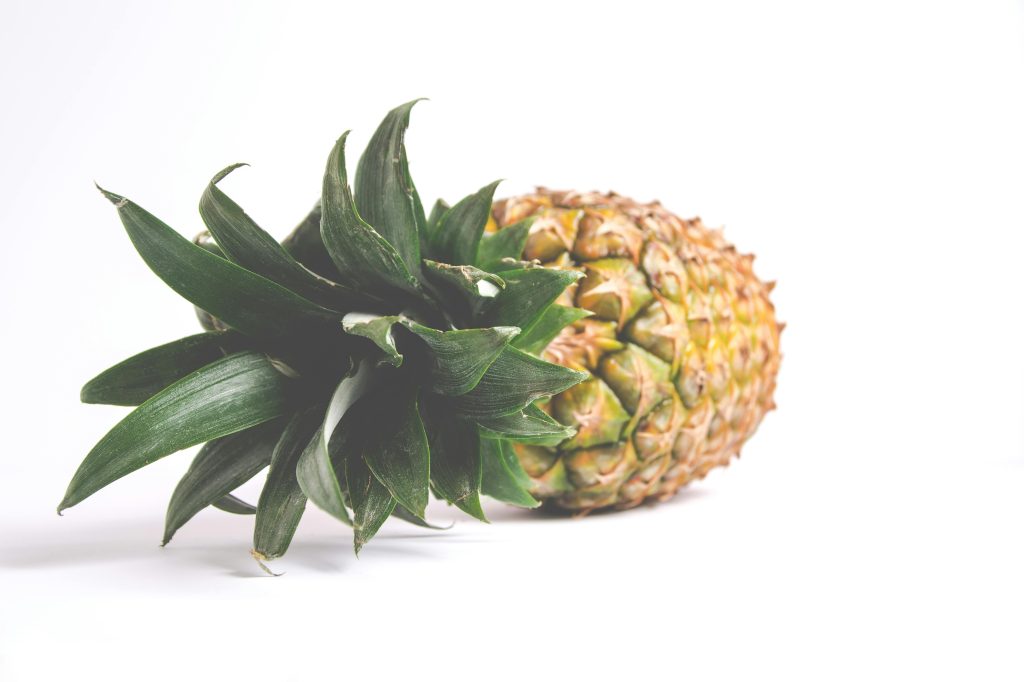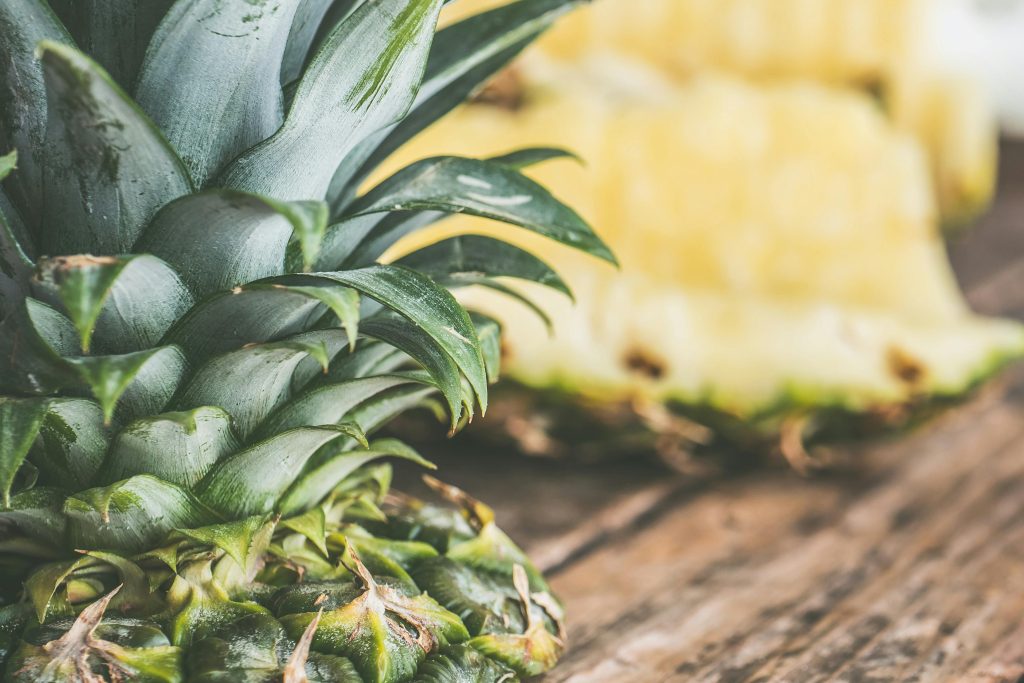
Learn how to quickly ripen a pineapple
It’s no surprise that, as humans, we sometimes tend to get a bit impatient whenever we really want something. You see a yummy pineapple on your kitchen counter. It looks so tempting, but it’s not ripe yet. It’s frustrating! Trust us, we get it, but what if we were to tell you there was a way of speeding up the ripening process of your pineapple? Read on to discover the best tips to quickly ripen a pineapple, as well as how to tell when your fruit is ready to eat.
A Pineapple’s Biggest Benefits
What’s so great about pineapples? Besides being juicy, sweet, and tasty, pineapples are packed with valuable nutrients and vitamins that can help protect against inflammation and several diseases. Some of these powerful agents include vitamin B6, copper, manganese, thiamine, and vitamin C.
Another great benefit that pineapples provide is their versatility! Pineapples taste delicious when mixed with other fruits like apples, pears, oranges, bananas, mangoes, and more! You can combine these fruits to make refreshing smoothies, desserts, fruit salads, and whatever goes beyond your imagination’s extent.
If you’re more of the savory type, you can use your pineapple to make a fresh salsa, top off your pizza, or simply lay it on a hot grill to give it that smoky flavor. Don’t stop there! If you’re looking to do more with your ripened pineapples, there are plenty of ideas that are sure to satisfy the craziest of cravings.

How to Speed Up the Ripening Process
If you find yourself in a rush to cut into your pineapple, there are several methods you can follow to speed up the ripening process. You can begin by placing your pineapple in a bag with other fruits like bananas, apples, or tomatoes. Unlike some other fruits, pineapples won’t really ripen much more on their own once they’ve been picked. This is because a pineapple’s sugar comes from its stems.
Put the pineapple in a bag with other ripening fruits. They release a hormone called ethylene, which helps ripen the pineapple. The hormone activates the ripening process. Once the pineapple is in the bag, fold the top and store it at room temperature for about 1 to 2 days – this should do the trick!
Another tip is to store your pineapple upside down. By placing the fruit on its leaves, the starch stored at the base will begin to flow into the rest of the pineapple.

Is Your Pineapple Ready to Eat?
Once you’ve tried some of these ripening methods, you might wonder if the pineapple is ready to be eaten. But how can you be sure? You can begin by observing the pineapple’s color and texture. Pineapples change color from the stem up, creating a yellow-greenish combination. It’s important to notice that the pineapple isn’t brown or wrinkled, as this can mean it’s gone bad.
The pineapple should also be a bit soft to the touch, providing a small amount of give when you press into it. One last indicator to tell if your pineapple is ripe is the smell. Be sure to smell the bottom of the pineapple since this is where the fruit ripens from. There should be a sweet and tropical smell coming off it. Once you’ve gone through these steps, you’ll be able to tell if your pineapple is finally ready.
Are you Ready for More?
If you enjoyed reading these helpful tips, subscribe to our newsletter, where we talk about all things pineapple and help you discover essential tips and ideas you didn’t know you needed.
